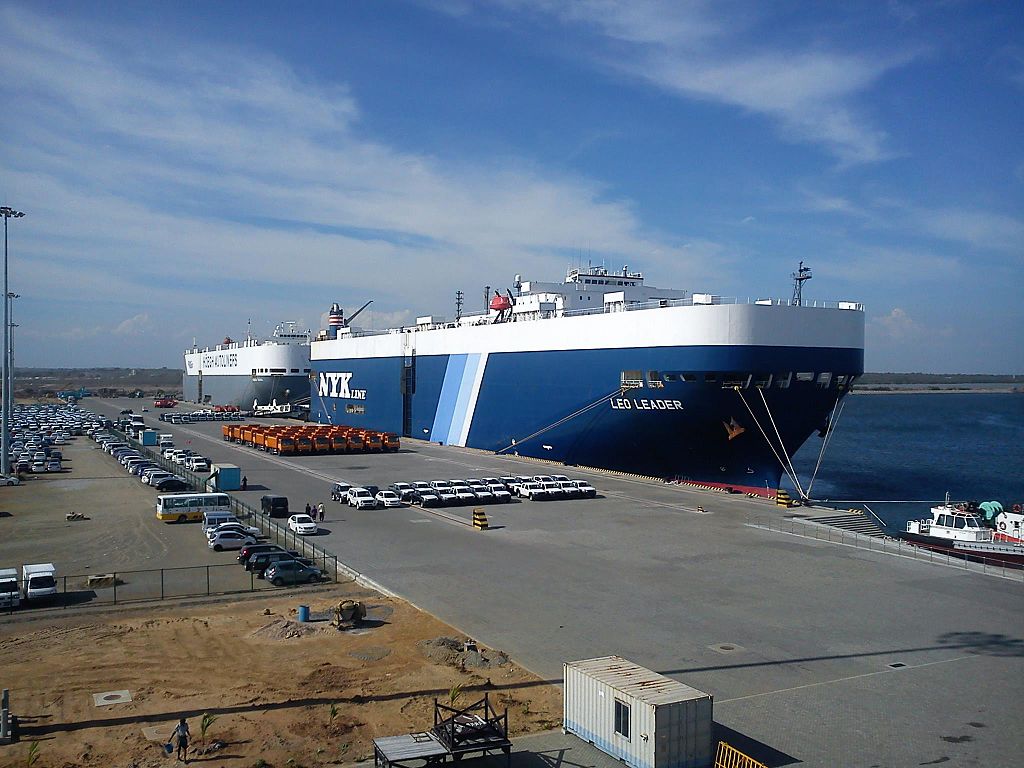
The Belt and Road Initiative (BRI) poses a potentially serious debt burden upon eight loan-recipient countries according to a report by the Center for Global Development, a non-profit research institution. The study, issued last month, finds that Mongolia, Montenegro, Pakistan, Tajikistan, Djibouti, Kyrgyzstan, Laos, and the Maldives are all at high risk of debt distress due to China’s development-oriented loans.
As the role of the United States in the international community grows increasingly isolationist -- and President Trump remains a vocal critic of international aid and development programs -- some countries are looking to Beijing in hopes of securing fast financing for infrastructure development projects. However, as the authors of the report warn, many of China’s loans are given under less-stringent conditions than more-established Western multinational lending institutions such as the World Bank or the International Monetary Fund. While the Chinese loans are easier to secure than their counterparts, they often come with much higher risks for recipients.
In an executive summary of their findings on their website, the Center for Global Development analysts recommend that “China should demonstrate its commitment to a responsible role on the international stage by adopting and advancing multilateral standards for debt sustainability and improving debt management practices.”
It is not the first time that China’s ambitious unilateral lending program has been criticized. As Zainab Zaheer wrote in a China-US Focus article last month, the United States and many Western governments are highly critical of Chinese President Xi Jinping’s grandiose plan to create a twenty-first century Silk Road. The mega project, launched in 2013 with over 65 prospective partner countries, has come under attack for a wide variety of reasons.
China has been accused of offloading its massive glut of raw materials such as steel into unnecessary infrastructure projects built largely by Chinese workers. Indeed, China produces over half of the world’s steel and has come under heavy attack by the United States and other countries for alleged dumping leading to lower global prices. The steel issue, a soft spot for Trump due to his working class base and “America First” rhetoric, has in part led to the mounting “trade war” between the U.S. and China.
Some commentators have gone a step further. Beyond acting in its self-interest, some accuse China of acting in imperialist or neo-colonialist fashion by weaponizing debt through offering unsustainably large loans with high degrees of sovereign risk. What some call “debt trap diplomacy” has some grounds in reality. A port and airport in Sri Lanka was taken over by a Chinese-owned company after the government was unable to repay the loan. The U.S and its allies feared the port would become a de facto military outpost for China, leading India to purchase it despite it being one of the world’s emptiest airports. The United States is now worried that the government of Djibouti’s $1.2 billion USD debt to China led it to abruptly shift ownership of a major port to a Chinese-owned company, which the U.S. interprets as a major security threat.
The U.S. government, under both Trump and Obama, has been critical and wary of the BRI – a rare point of commonality in terms of foreign policy. U.S. Secretary of State Rex Tillerson said on March 6, China “encourages dependency using opaque contracts, predatory loan practices, and corrupt deals that mire nations in debt and undercut their sovereignty, denying them their long-term, self-sustaining growth.”
As authors of a Foreign Policy argued last month in an article titled “China’s Global Dreams are Giving China’s Neighbors a Nightmare,”many of China’s Central Asian neighbors are eager to participate in the easy-cash scheme but very wary of the longer-term prospect of a return to Chinese imperial power. However, it’s unclear if they can sign onto the tempting deals without major debt burdens or political risks. After all, seven of the eight high-risk countries the researchers named in the Center for Global Development report border China -- many with loans that exceed half their GDP.
However, with a vacuum of leadership in the U.S. State Department, and plenty of unilateral foreign policy battles to fight, including a potential trade war with China, it appears China will remain unchallenged in the region as a primary lender.



